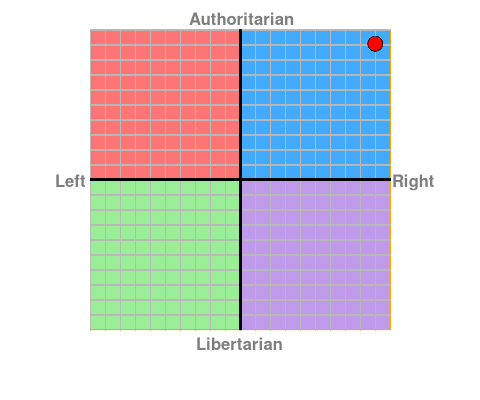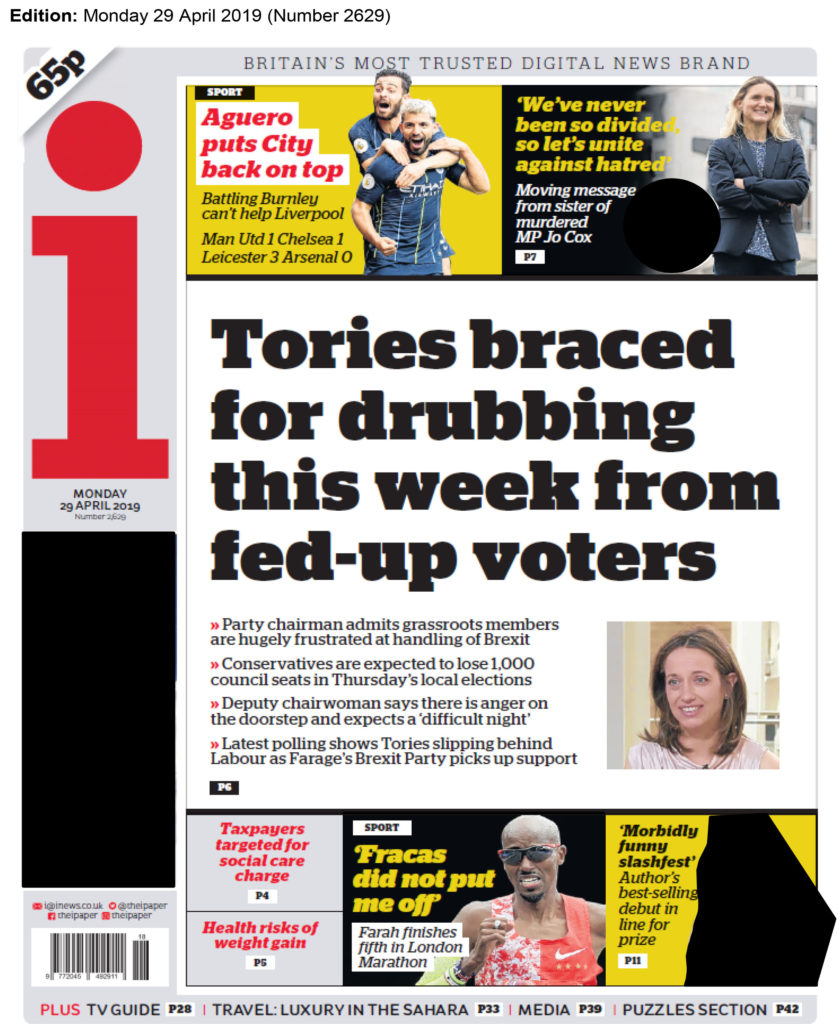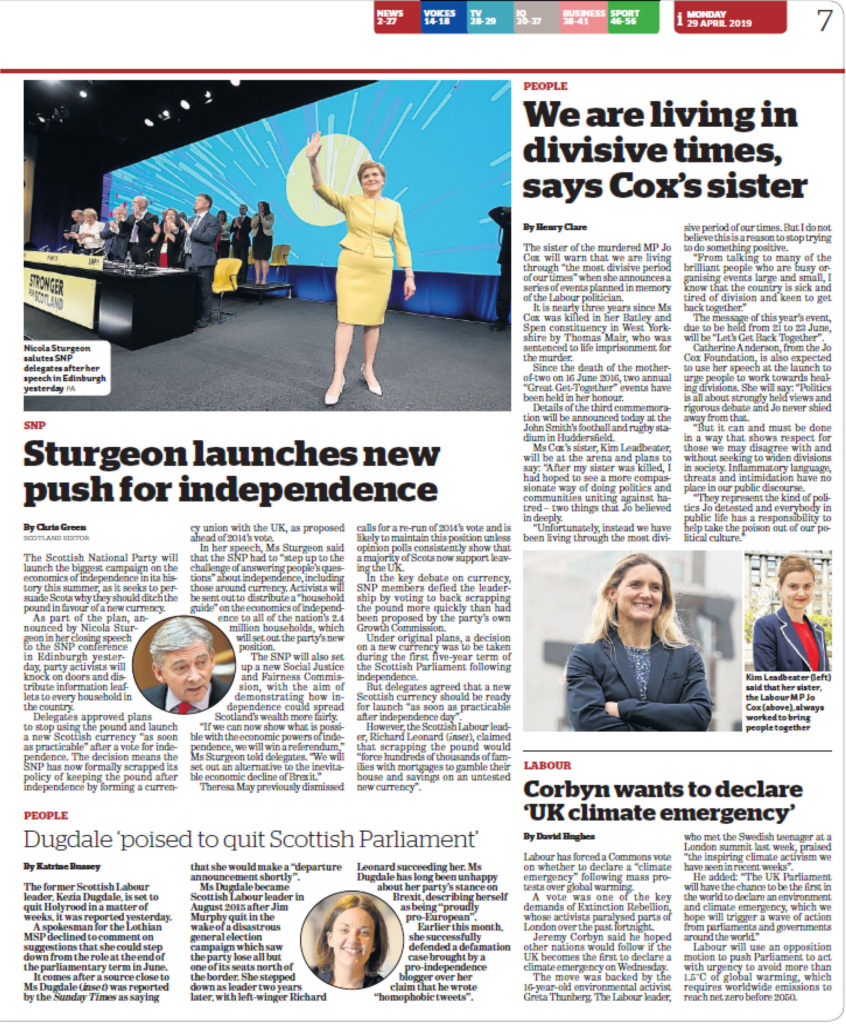- News Values – News values include how important a story is, how large a segment of the population is likely to be interested in it and so on. Proximity. …
Prominence. …
Timeliness. …
Oddity. …
Consequence. …
Conflict. …
Human interest. …
Extremes/superlatives - Gatekeepers – Gatekeepers are the at a high level, data decision makers who control information flow to an entire social system. Based on personal preference, professional experience, social influences, or bias they allow certain information to pass through the their audience.
- Regulation / Deregulation – Regulation refers to the whole process of control or guidance, by established rules and procedures, applied by governments and other political and administrative authorities to all kinds of media activities. Regulation is always a potential intervention in ongoing activities, usually for some stated “public interest” goal, but also to serve the needs of the market (for instance, by supporting competition) or for reasons of technical efficiency (for instance, setting technical standards).
- Free market vs Monopolies & Mergers –
- Media concentration / Conglomerates / Globalisation (in terms of media ownership) –
- Vertical Integration & Horizontal Integration –
- Neo-liberalism and the Alt-Right –
- Surveillance / Privacy / Security / GDPR –
- The Leveson Enquiry –
All posts by Leanne S
Filters
About the i (csp 8)
CSP 8 – The I Newspaper
- History – Johnston Press was one of the largest local and regional newspaper organisations in the UK, but had debts of £220m. The owner of The Daily Mail, DMGT has bought the i newspaper and website for £49.6m from JPI Media. The sale was attacked by Labour leader Jeremy Corbyn, who said in a tweet that two billionaires now owned half the UK’s top 10 daily newspapers. The first issue of the i went on sale for 20p on 26 October 2010
- Format – Front Page = Adverts, Large Sans-Serif (font) header, bright red to represent the I/ implies danger or warning. Page 6 = Survey, stats, Two different stories, anti-brexit, conservative loss of members. Page 7 = Large image of Nicola Sturgeon in yellow dress to represent Scottish National Party. 4 Stories, Cox sister, Climate Emergency UK
- Editors – Simon Kelner 2010, Stefano Hatfield 2011, Oliver Duff 2013,
- Political stance – Center, argues both left and right-winged views. Usually using the front page to display a matter such as inequality.
- Target Audience – “i is specifically targeted at readers and lapsed readers of quality newspapers and those of all ages,” the publisher said. “i will combine intelligence with brevity and depth with speed of reading, providing an essential daily briefing.” Which could be why they present such an ‘on the fence’ attitude when it comes to political stance – representing both or no sides.
- Cost – Each newspaper sells for between 60-80p and can be freely available at airports such as Gatwick
- Circulation – 221,083 October 2019
- Profit – In December 2017, the owners of the i, Johnston Press, announced the newspaper was bringing in a monthly profit of around £1 million.
Political Stances
- Libertarians seek to maximise political freedom and autonomy, emphasising freedom of choice, voluntary association and individual judgement.
- Authoritarianism is a form of government characterised by strong central power and limited political freedoms.
Political compass


Habermas the Public Sphere
Habermas – Suggested that with the media, individuals could form their own opinions and beleifs instead of being dictated by the government/ people of higher positions. This idea was labelled the ‘Public Sphere’. Global connection.
Quote – ‘A public space between the private domain and the state in which public opinion was formed and ‘popular’ supervision of government was established’
The theory of communative action – marxism and pitfalls of modern world due to capitalism
Public Sphere – free space, free opinion, free press – bourgeouise as it excludes the poor.
Initially, horizontal relationships were created in the public sphere not vertical whereby the higher social staus would have more control. (Coffee Shop Culture – Gossip)
Growing power of the publishing industry (media) 1830
Originally new media tech was good and allowed people to globally comunicate faster. Though as companies nd conglomerates grew, this new media was used as a way to present different ideas and propaganda. e.g Cambridge Analitica ‘stealing’ peoples data
For a democracy to work the public must have knowledge on current events otherwise the government would have more control as the public ‘wouldn’t care’ and therefore would’t vote or influence future ideologies and ideas.
People can be anonyms on the internet and therefore may share more exteme views. – Questionable quality of discussion.
Habermas wrote extensively on the way that information, news and events are processed in the public sphere.
He believes that the mass media has resulted in a reduction in PLURALITY – there are fewer voices discussing the news.
‘The mass media are not the same as any other business or service industry, but carry out tasks for the wider benefit of society’ society has the right to know what is going on.
‘The media can legitimately be held accountable for what they do or not do’
How do you organise it in the public interest?
Public control OR Deregulation = Extension of the free market
The government or state will own all the media as (they know what is good for society) or the Public can own all of the media. – The public interest the majority of people doing well, but who organises this?
James Curran – Due to price increases of some PSBs some citizens are exluded by price
So how does this process of ‘manipulation’ or ‘persuasion’ work?
Noam Chomsky – 5 Filters –
- Structures of ownership – Conglomerates own media sources such as newspapers, although those who own these companies and their product may display a certain view, e.g political supporting politicians such as trump, in order to gain something (off of Trump) themselves.
- The role of advertising – Links in with the cultivation theory as the more times one person is exposed to the same advert or product, they are going to be more persuaded/ inclined to purchase it.
- Diversionary tactics – ‘flack’ – When someone/ something goes against the dominant ideology/ exposes the truth against what those in power want the public to believe in order to benefit them.
- Uniting against a ‘common enemy’ – Two companies/ people/ p[roducts may support each other if they both have a common enemy – both making attempts to remove this enemy in order to ‘protect’ their ideologies. To manufacture consent, you need an enemy — a target. That common enemy is the fifth filter. Communism. Terrorists. Immigrants. A common enemy, a bogeyman to fear, helps corral public opinion.
- Links with ‘The Establishment’ – The establishment manages the media through the third filter. Journalism cannot be a check on power because the very system encourages complicity. Governments, corporations, big institutions know how to play the media game. They know how to influence the news narrative. They feed media scoops, official accounts, interviews with the ‘experts’. They make themselves crucial to the process of journalism. So, those in power and those who report on them are in bed with each other.
Media Conglomerate Techniques –
Agenda Setting – How the media shapes awareness/corncern through signs. The creation of public awareness and concern on mejor issues.
Framing – How something is presented to the audience/ influences the choices poe;e make about how to process that information. Influential factors = gender, politics, age, religion e.t.c
Myth Making – Common beliefs created via the media – creates an idea of how the people should see the world.
Conditions Of Consumption – The result of the medias input of framing and myth making – did most people agree/ disagree + who? – Target Audience. Theory of Preferred reading
Task 1: New Technology and the News. CSP 8
| Technology and Newspapers | ||
| Production | Distribution | Consumption |
| Printers Editing Software Computers/Devices Printer Word software Large-scale printing press Backup area – store the papers/ stories Stationary – pen,pencil,paper Audio Recorder Digital Camera Journalist/ photographers | Printing Press Veichles to transport papers Shops to sell papers | Paper – the physical thing The ability to read ans understand the content Digital devices |
To “manufacture consent” is to create a system in which citizens become willing and obedient, consenting and unquestioning. views private media is businesses interested in the sale of a product—readers and audiences—to other businesses (advertisers) rather than that of quality news to the public. The audience doesn’t question the papers sources or ideas, simply consuming everything presented to them.
Quotes – Noam Chomsky theory based
‘Normally, news coincides with and reinforces the definition of the political situation evolved by the political elite’.
‘The result was that the media amplified elite disagreements in unsettling and unpredicatable ways’.
‘Major media conglomerates control more and more of the worlds media. Where media isn’t controlled by coporations, it is controlled by the state’.
‘The media ‘serve to moblilize support for the special interest that dominate the state and private industry’.
Question
Who really benefits from a digitally networked society? Big business or individuals? Refer to ‘loop theory’ and the ‘Dunbar number’
A network suggests multiple modes of communication, allowing anyone in the network to connect with anyone else in the network. Although the public can benefit from this access to global communication via the internet, theorist Robin Dunbar, suggests that there is a limit to the amount of relationships one person can maintain presented via the Dunbar number of 150. In theory, the internet would allow a global network to be formed whereby one person can build relationships with millions of people; in reality, the number is much smaller, with the average person maintaing around 5/6 relationships. Therefore, ultimately big bussiness, those whp store the publics data, would benefit more from a digitally networked society where everyones likes, dislikes, actions and locations can be monitored and sold for profit.
How does big business benefit? What commodity do they trade in? Answer: predictive human behaviour. Write out an answer in your own words.
Theorists – Re-cap Questions
- What is the network effect? (Theodore Vail) – The value of a good e.g a phone can only become important/ increase as moer people use it. For example, if only one person had a phone the goods value would be low due to the limited amount of communication it can provide.
- Can you remember what ‘feedback loop theory’? (Norbert Wiener) 21 mins into video – WW2 American Mathmatician. loop of information allows to predict future action – continuous feedback. The idea that your basing predications of the future on habbits of the past. Old media – cannot tell if consumers actually like the product. New media – people/ their actions/ locations can be tracked, this data can then be used in order to improve a product (teen media article) in order to increase sales/ the amount of consumers.
- What is the Dunbar number? (Robin Dunbar) – 150 is the suggested cognitive limit to the number of people with whom one can maintain stable social relationships, in reality the number is lower (4/5). companies can communicate with millions of people.
Internet of things – everyday objects will have embedded computer systems in them –
Marshall McLuhan: The Medium is the Message
The technology itself is more significant when having an impact on people – the technology not the content. Mcluhan frequently punned on the word “Message” changing it to “Mass age” and “Mess age”.
New Media VS Old Media –
Endless – New media is endless as, for example, someone could read the eminem article posted on the teenvogue website, they could then visit links in that article, other websites about the issue, images and more. However, with old media, Such as a hard copy – a magazine – it eventually comes to an end.
Personalise – New media can be personalised as, for example, an article from the teenvogue website could be shared on other social networking platforms, images could be used to create other media forms or the information could be used to create a new article. However, old media cannot be personalised as an audio recording, for example, wouldn’t have been able to be manipulated.
Share – New media can be shared world wide via the internet, however old media must be lent/ sent to others.
Technology and News production
| Technology and News production | ||
| Production | Distribution | Consumption |
| – Digital audio recorders – Digital cameras – Software – Adobe – Computers/ Devices – Processors | – The internet – Social media – Broadcasts – Websites/ advertisement – Wifi – Virtual Private Network | – Devices e.g Smartphone/ computer – Television – Apps |



